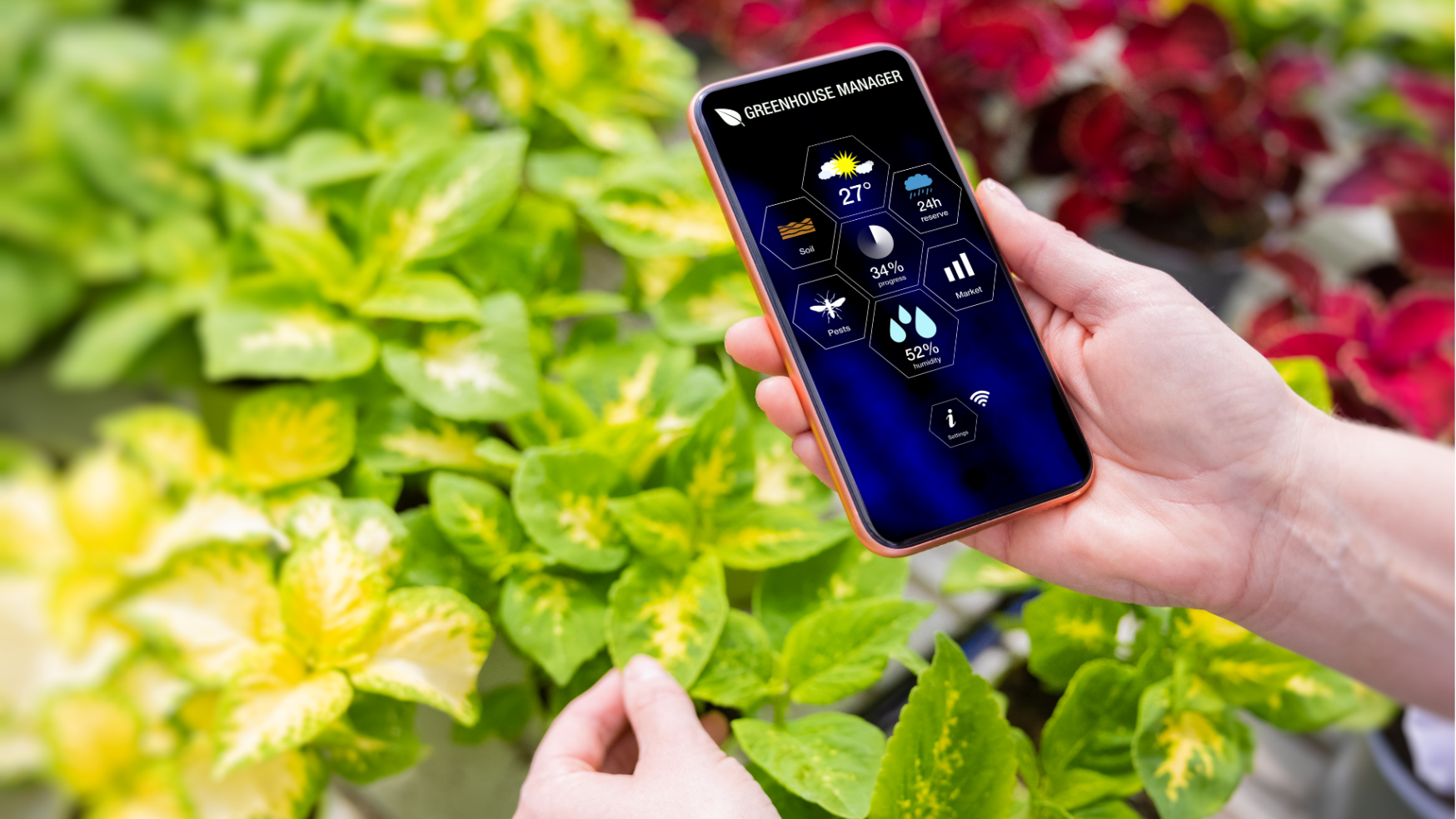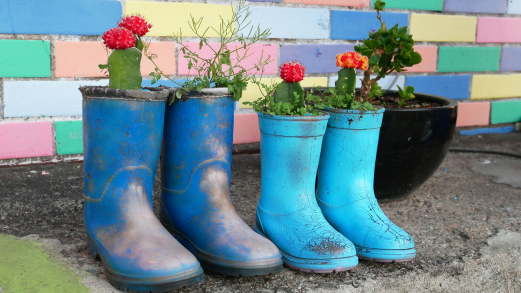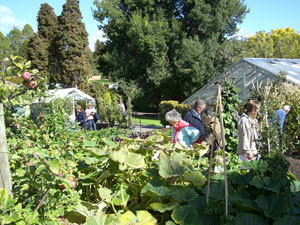
Anyone familiar with Gardening Australia would be familiar with Peter Cundell’s now famous Vegie Patch.
SGA’s Frances Saunders was fortunate enough to be able to check it out on a recent visit to Tasmania, and was impressed by not only the Patch but the number of visitors that were enjoying it.
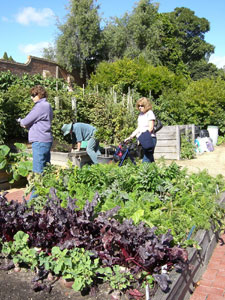
Pete’s Patch is nestled in a corner of the magnificent Royal Tasmanian Botanical Gardens (RTBG) and is maintained using organic gardening techniques, which includes companion planting, green manures, no artificial sprays, chemicals or fertilisers, and, most importantly, using crop rotation.

Crop Rotation
The six main beds are designed on a six year crop rotation system. Crop rotation ensures that any crop is not grown in the same spot each season, as this can increase the risk of pests and diseases. By rotating crops to a different bed each year, the pest or disease is deprived of its favourite host or food.
A common rotation method is to follow a leafy crop with a root crop, followed by a legume (beans and peas for example) followed by a leafy crop.
Compost
Compost bins are an integral part of the organic gardening process. The contents of bins are turned at regular intervals to ensure aeration, and the result is the healthy, sweet-smelling compost that Peter Cundell is so fond of!
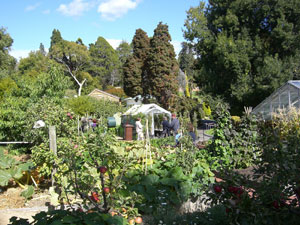
The Vegie Patch was established on the site of the old Tropical House and when it was first established the soil was very poor. It had been under a large concrete slab for many years, so it was heavily compacted and waterlogged. Sandy soil was introduced and enriched with organic matter, including mushroom compost, blood and bone, sulphate of potash, chicken manure, fish emulsion and seaweed concentrate.
The Patch is maintained primarily by RTBG staff, although ABC staff carpenters and local TAFE students had a big role in its initial establishment.
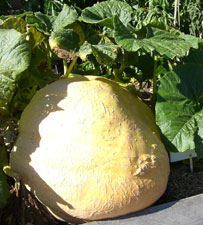
Giant Pumpkins
On this visit, a couple of giant pumpkins were reaching maturity. These are ‘Atlantic Giant Pumpkins’ (Cucurbita maxima) and were bred specifically to be larger. They are really only good for giant pumpkin competitions though, because the flesh is stringy and tasteless. They can often be 100kg or more at harvest. In fact, the 2007 winner at the Bean Creek Show weighed a whopping 170kgs!
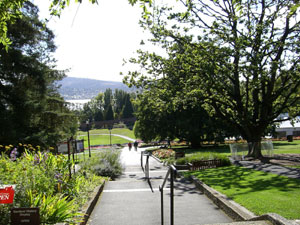
More on the RTBG
You can’t mention Pete’s Vegie Patch without mentioning the RTBG. It is certainly a majestic Botanical Gardens by any standards, and well worth a visit while in Hobart.
Here are some images to entice you. More information on the RTBG and Pete’s Vegie Patch can be found on the website: www.rtbg.tas.gov.au
Visitors to the RTBG are greeted by this breathtaking view.
The Japanese Garden was opened in 1987 and was part of a cultural exchange between Hobart and its Japanese sister city, Yaizu.
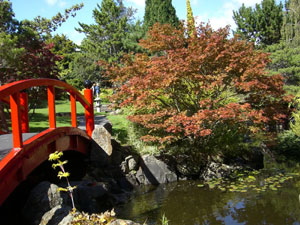
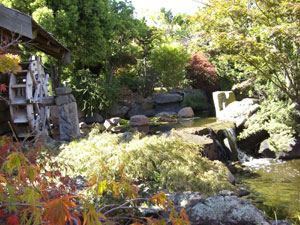
A feature of Labillardiere’s Garden (Labillardiere was a French voyager and naturalist) at the RTBG is this Huon Pine sculpture. It represents the bow and sails of a French Ship and is the only sculpture ever represented on a stamp. It was created by Stephen Walker.
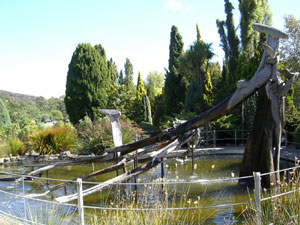
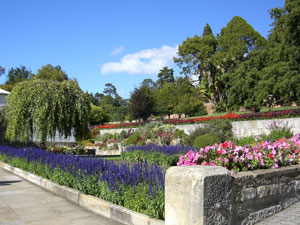
The RTBG is ablaze with colour at all times of the year, as this early autumn display shows.
All images by Frances Saunders, copyright SGA.
Related Articles:
Citizen Science: A Pathway to Gardening Success and Biodiversity Conservation
In recent years, the realm of science has experienced a remarkable transformation, one that invites people from all walks of life to participate…
A Sustainable Gardener’s Guide to Thrifty Gardening
Creating an eco-friendly and cost-effective garden involves more than just nurturing plants; it's about adopting a sustainable approach that…


